May 17, 2025 | 15:00 GMT +7
May 17, 2025 | 15:00 GMT +7
Hotline: 0913.378.918
May 17, 2025 | 15:00 GMT +7
Hotline: 0913.378.918
On the afternoon of October 7, in Hanoi, Klever Fruit, a unit specializing in importing high-end fruits from countries around the world; HuynNong Fresh, a high-end gardener in the Republic of Korea; and the Korea Sweet Persimmon Export Association, an organization representing the Republic of Korea's persimmon industry, signed a Memorandum of Understanding (MOU) to promote the promotion of Korean persimmons to Vietnam.
Mr. Nguyen Xuan Hai, General Director of Klever Fruit, shared that this event is an important milestone in the strategic cooperation relationship to develop high-end agricultural products between the two countries in general and between Klever Fruit and its partners in particular.

MOU signing ceremony between Klever Fruit, HuynNong Fresh, and the Korea Sweet Persimmon Export Association to promote the promotion of Korean persimmons to Vietnam. Photo: Hong Tham.
Mr. Lee Sangdeug, representative of the Korea Sweet Persimmon Export Association, said that Korean persimmons were first exported to Southeast Asian markets since 1995, then expanded to other markets. Currently, Korean persimmons are widely present in many markets in Southeast Asia, in addition to Hong Kong, Canada, Saudi Arabia, and Dubai.
The Korea Sweet Persimmon Export Association has developed a specific guide for members so that persimmon growing meets the standards of each region and country in the world. Gardeners and farm owners strictly follow these instructions, from choosing persimmon varieties, planting persimmons, caring for them, preserving them, harvesting, and selecting each persimmon that meets export standards.
Mr. Kim was formerly a high school math teacher, but now he is a persimmon farmer and the owner of a leading high-quality persimmon packing factory in Gyeongsangnam-do province, which is the capital of Korean persimmons. He shared: "I am a scientist, so I strictly follow the recommendations of the professor from the Korea Sweet Persimmon Research Institute and also maintain this very strictly. Therefore, the quality and output of my persimmons this year still maintain the top position in the region.
The point I want to talk about most is the issue of using pesticides and chemical residues. We are very careful and take this issue seriously so that persimmons meet the highest standards of the Republic of Korea. The final stage is preservation and packaging. My team and I also thoroughly check each box before loading it onto the truck."
"Actually, it is not always successful, but I always persevere and keep my love for the persimmon tree, and so far this love of nearly 20 years has been repaid," Mr. Kim confided.
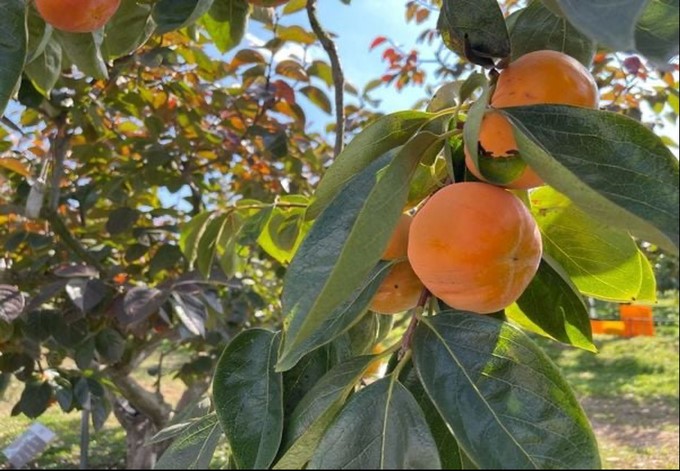
Each light scratch is the mark that Mother Nature has confirmed for each persimmon about its maturity. Photo: KL.
Representative of the Korea Sweet Persimmon Export Association Lee Sangdeug said: "When mentioning Vietnam, people in the Republic of Korea will immediately think of tropical fruits such as mango, pineapple, etc. Accordingly, Vietnam can focus on these strong fruits for export to the Republic of Korea."
"When I came to Vietnam, I had a buffet at the hotel. There were some Vietnamese fruits there, and I tasted them. Vietnamese fruits have an intensely sweet, delicious taste. I look forward to seeing Vietnamese tropical fruits soon be exported to the Republic of Korea," said Mr. Lee Sangdeug.
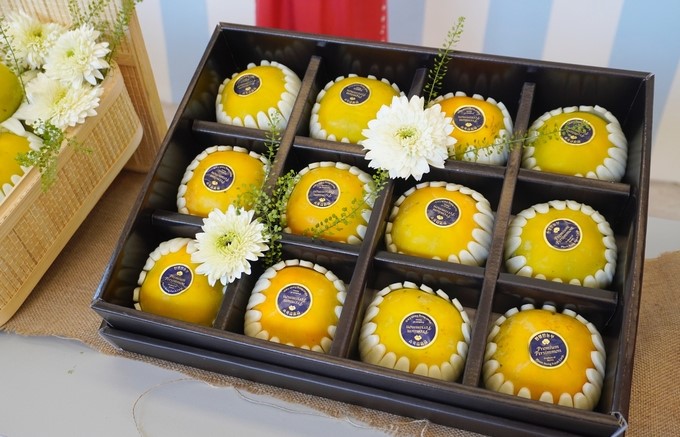
Korean persimmons were first exported to Southeast Asian markets in 1995. Photo: Hong Tham.
According to Mr. Lee Sangdeug, the Korean market is currently very welcoming of Vietnamese specialty fruits. As long as Vietnam carefully learns about the Korean market and meets market standards, Vietnamese fruits will certainly be welcomed in this market.
According to a Klever Fruit representative, the Korean market is a great opportunity for Vietnam’s fruit industry, but it comes with significant challenges in terms of quality, regulations, and competition.
To develop sustainably in this market, businesses need to focus on investing in technology, building brands, complying with international standards, and making the most of incentives from trade agreements. Only when meeting the increasingly high demands of the market can Vietnamese fruits affirm their position and enhance their value in the international market.
In recent years, Vietnam has boosted the export of agricultural, forestry, and fishery products to the Republic of Korea, leveraging the Vietnam-Korea Free Trade Agreement. By 2023, the Republic of Korea became Vietnam's third-largest market for fruit and vegetable exports, with 2024 anticipated to witness a breakthrough in exporting Vietnamese fruits and vegetables to the Korean market. Vietnamese tropical fruit products still hold significant potential in this market.
Translated by Thu Huyen
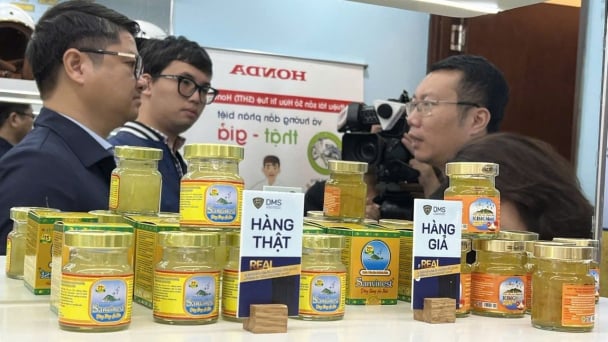
(VAN) In the face of counterfeit and imitation products, Khanh Hoa Salanganes Nest Company hopes for the prompt completion of the legal framework, strict enforcement against violations, and protection of the bird’s nest brand.
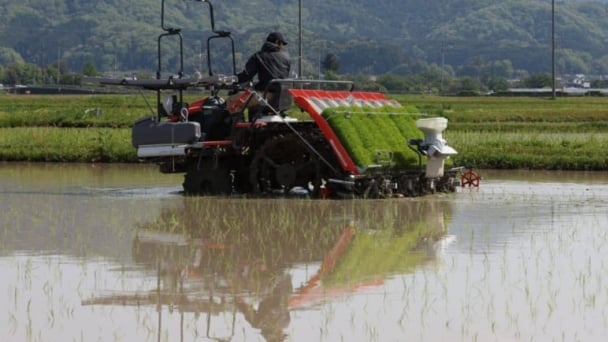
(VAN) Japan's efforts to lower the price of rice through the release of its stockpile may finally be making some progress, albeit at a snail's pace.

(VAN) U.S. tariffs are not only a 'shock', but also an opportunity for Vietnamese businesses to renew their mindset toward comprehensive development.
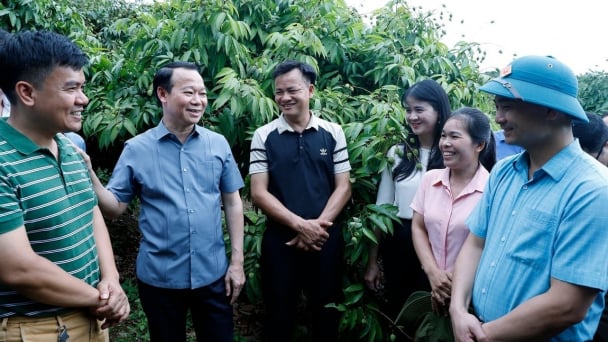
(VAN) As Bac Giang lychee enters the harvest season, Minister Do Duc Duy expects that the fruit will contribute greatly to agricultural exports due to standardized production and deep processing.
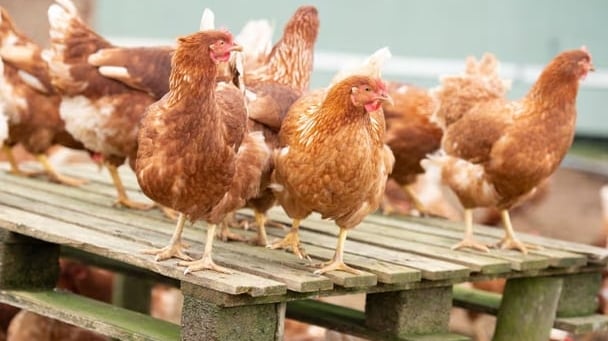
(VAN) Consumers have shown a preference for free-range eggs, but those farming systems are more vulnerable to biosecurity risks like bird flu.
/2025/05/09/5701-1-184335_301.jpg)
(VAN) Vietnam’s eel exports nearly doubled thanks to a mud-free farming model, opening up new prospects while still facing numerous barriers related to international standards.
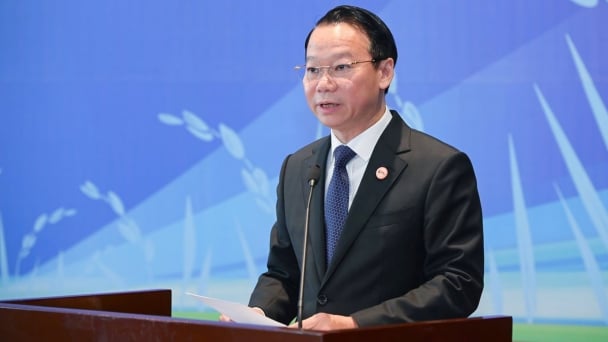
(VAN) Minister Do Duc Duy warned that if production is not professionalized and supply chains are not transparent, the U.S. market could become a growth bottleneck.